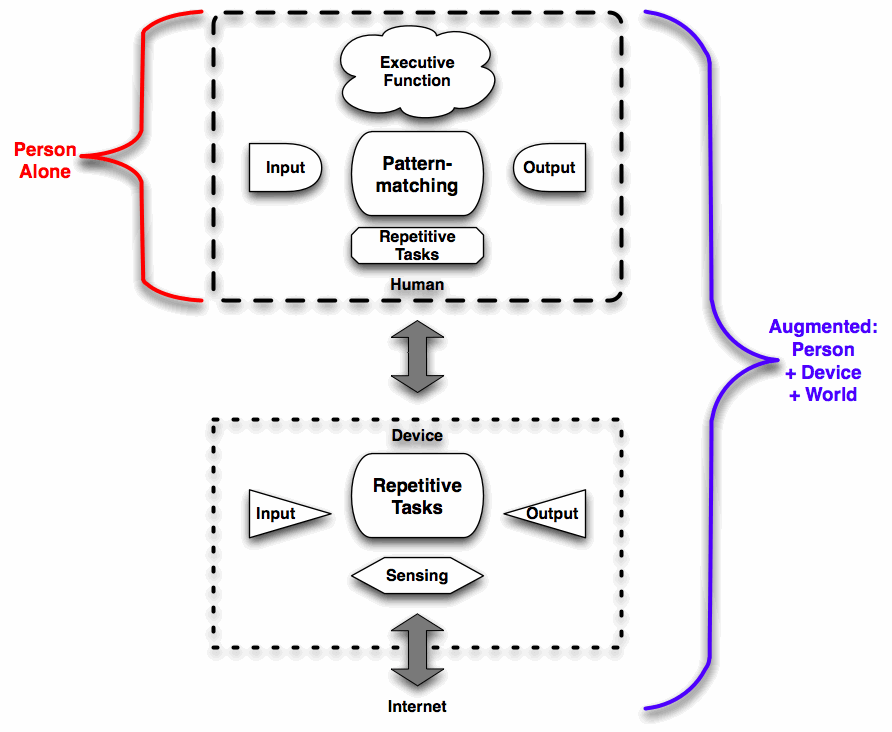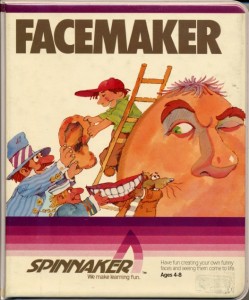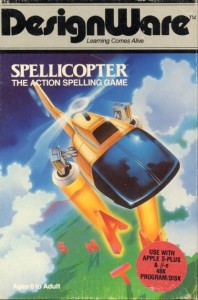I have had my head down cranking out the manuscript for my mobile learning book. The deadline for the first draft is breathing down my neck, and I’ve been quite busy with some client work as well. The proverbial one-armed paper hanger comes to mind.
However, that does not mean my mind has been idle. Far from, actually. It’s just not been possible to find the time to do the thoughts justice. I’m not really going to here, either, but I do want to toss out some recent thoughts and see what resonates with you, so these are mini-blogs (not microblogging):
A level above
I have long argued that we don’t use mental models enough in our learning, and also that we focus too much on knowledge and not enough on skills. As I think about developing learning, I want to equip learners to be able to regenerate the approach they should be using if they forget some part of it, and can if they have been given a conceptual model as relationships that guide the application to a problem.
I realize I want to go further, however. Given the rate of change of things these days, and the need to empower learners to go beyond just what is presented (moving from training to education, in a sense), I think we need to go further to facilitate the transition from ‘dependent’ learning to independent and interdependent learning, as my colleague Harold Jarche so nicely puts it.
To do that, I think we need to take our presentation of the model a little bit further. I think we need to look at, as a goal, having presented the learning in such a way that our learners understand the concept not only to regenerate, but maintain, extend, and self-improve. Yes, it is some extra work, but I think that is going to be critical. It will not only be the role of the university (despite Father Guido), but also the workplace. It’s not quite clear what that means practically, but I definitely want to put this stake into the ground to start thinking about it. What are your thoughts?
More on the iPad and the Publishing marketplace
I’ve already posted on the iPad, but I want to go on a little longer. First, the good news: OmniGroup has announced that they’ll be porting OmniGraffle (and their other apps) to the iPad. Yay! I *really* like their diagramming tool (where do you think I come up with all those graphics?).
On the other hand, I had lunch the other day with Joe Miller, who is the VP of Tech for Linden Labs. He recently was talking about the iPad and really sees it as a game changer in ways that are subtle and insightful. As we talked, he really feels that the whole Flash thing is a big mistake: that one of the things you would use the iPad for is surfing the web, and that more than 75% of the web runs Flash. It does seem like a relatively small thing to let hang up a major play.
Further, as I said earlier, I think interactivity is the major opportunity for publishers to go beyond the textbook on eReaders, and the iPad could lead the way. But right now, Flash is the lingua franca of interactivity on the web, and without it, there’s not an obvious fallback that won’t require rewriting across platforms instead of write-once, run anywhere.
Joe did point me to an interesting new eReader proposal, by Ray Kurzweil of all people. Oddly, it’s Windows-only, so not quite sure the relevance to the Mac (tho’ you’d think they’d port it over with alacrity), but a free, more powerful eReader platform could have a big impact.
Lots of more interesting things on the way, after I get this draft off to the publisher and get back into the regular blogging swing. ‘Til then, take care, and keep up the dialog!



